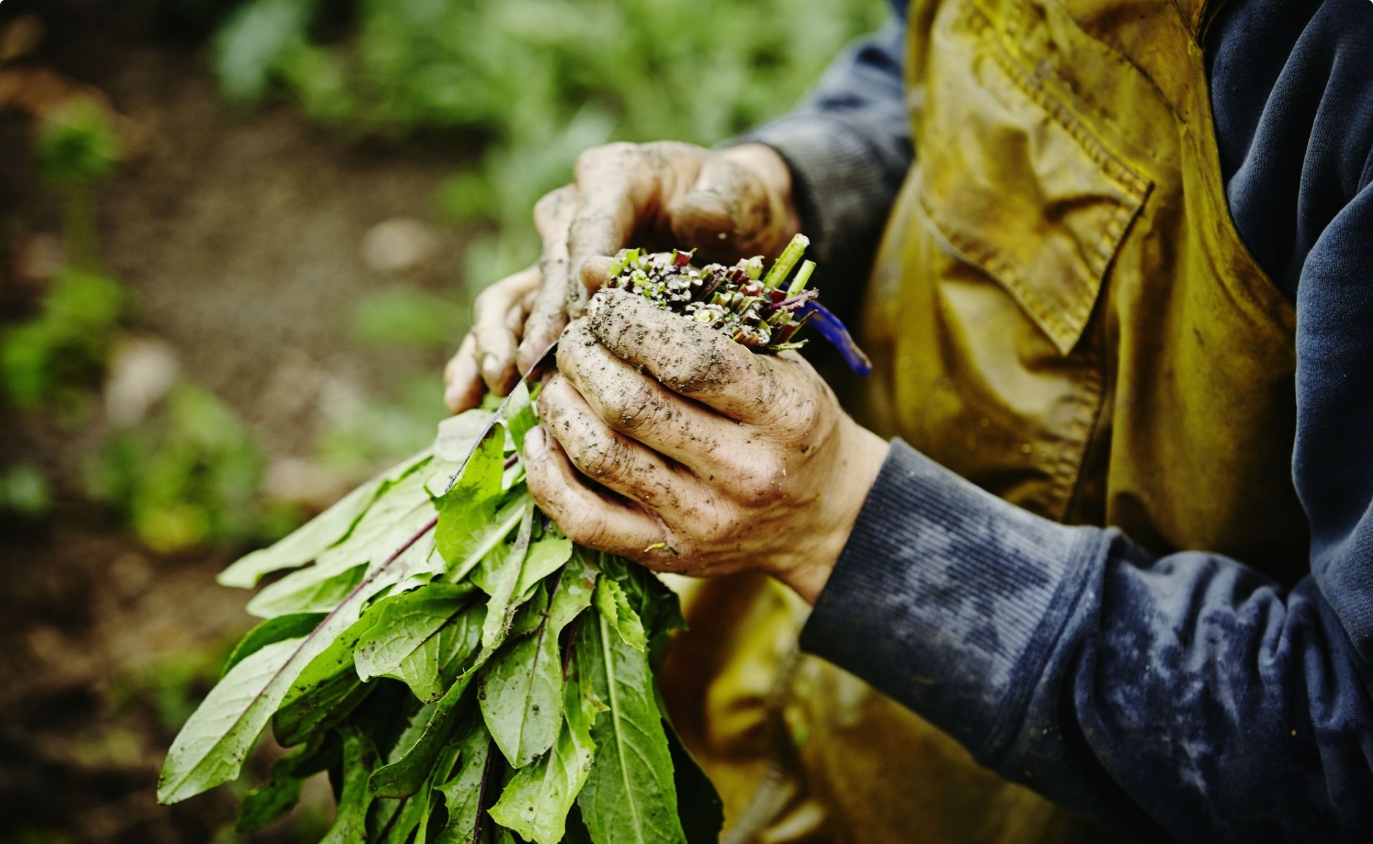Going organic isn’t just a change for your farm; it’s a big step for you, too. It means sticking to some strict rules from the USDA to get your organic badge. Let’s dive into how to make this big switch a little easier.
What’s Organic Certification All About?
The USDA has set up some rules to make sure everything labeled “organic” is up to snuff. This covers how you treat your soil, deal with pests and weeds, what you can add to your crops, and how you look after animals.
Step 1: Hit the Books
Kick things off by getting cozy with the USDA’s National Organic Program (NOP) rules. Learn what’s okay and what’s not in organic farming. This means diving into how to manage your soil organically, fight off pests, and rotate your crops. Check out the USDA site, join some workshops, and read up on organic farming to get the lowdown.
Step 2: Plan It Out
You’re looking at a three-year game plan to go fully organic, avoiding stuff like synthetic fertilizers and pesticides. Sketch out how you’ll rotate those crops and boost your soil the organic way. This bit’s crucial for setting up a solid organic farm.
Step 3: Start Farming the Organic Way
Now, start putting those organic methods into action. Think composting, planting cover crops for healthy soil, using good bugs to fight the bad ones, and rotating crops to keep pests guessing. And for weeds? Get down and dirty with some hands-on pulling or lay down some mulch. These steps are all about keeping your farm healthy and in line with organic rules.
Step 4: Keep a Paper Trail
Write down everything. From what you plant and when, to how you’re keeping the soil and plants healthy, and dealing with any unwanted visitors (pests and weeds, that is). These notes are gold when it’s time for your organic check-up.
Step 5: Find Your Organic Checker
You’ll need someone from the USDA’s list of approved organic inspectors. They’ll take a look at your farm’s history, what you’re growing, and your plan for staying organic.
Step 6: It’s Show and Tell Time!
USDA will send an inspector out to see how you’re doing. They’ll take a tour of your farm, from the fields where you grow to where you store everything, making sure you’re playing by the organic rules.
Step 7: Fingers Crossed for the Green Light
After the visit, the inspector decides if you’ve got the organic seal of approval. If you’ve followed all the rules, you’ll be officially organic and ready to tell the world about your USDA Certified Organic goods.
Step 8: Keep Up the Good Work
Staying organic means passing a check-up every year. It’s about making sure you’re still doing everything right, keeping your organic status shiny and clean.
Wrapping Up
Making the switch to organic farming is a major commitment to a sustainable future. It’s about taking a step that not only reshapes your farm but also does good for the planet and provides a healthier option for folks at the grocery store. Stick to these steps and hold true to the heart of organic farming, and you’ll navigate this significant shift successfully.

